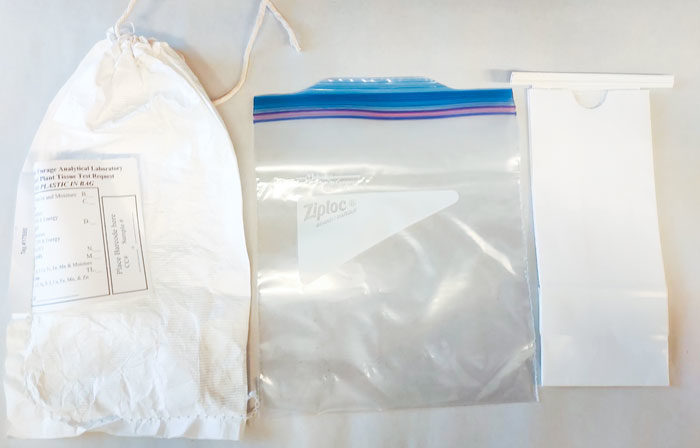As harvest wraps up, it’s a great time to evaluate soil fertility, especially for phosphorus (P) and potassium (K) levels in corn and soybean fields. Soil testing offers timely data for making informed fertilization decisions and building a strategy for next year.
“We want to know what's in the soil so that we don't have to pay for excess that may be lost to the environment,” said Jonathan Rotz, Pioneer field agronomist in Pennsylvania.
Soil Sampling Tips
Soil samples should be taken every two or four years for a given field. Additionally, field samples should be taken at the same time of year so analyses are more comparable over time. To ensure time to make adjustments, sampling should be done roughly three to six months before the next crop.
Farmers can consult guidelines from their state extension for region-specific recommendations or conduct soil samples with a soil laboratory.
Here are a few tips when taking soil samples.
- Thoroughly clean the soil probe or instrument to remove all residual soil or debris. It does not take much foreign substance to contaminate a sample.
- Be sure the sampling container is also clean to prevent any contamination. Plastic or stainless-steel containers are preferable to other materials.
- Move residue, debris and any vegetation from the soil surface at the sample site. Failing to do so may cause an incorrect (too high) organic matter measurement.
- Pull soil cores from a depth of 6 to 8 inches. Long-term no-till fields, perennial forages, ridge tillage and similar systems may be sampled at a shallower depth to note any shift in soil pH in the top 2 to 4 inches.
- Obtain 15 to 20 soil cores for an area of 20 acres or less. For larger areas, submit multiple samples for more accurate soil information, even if the field appears uniform.
- Mix cores well for the sample. Usually, samples can be sent moist after mixing. For standard soil tests, air drying is permissible, but do not heat cores to speed drying.






